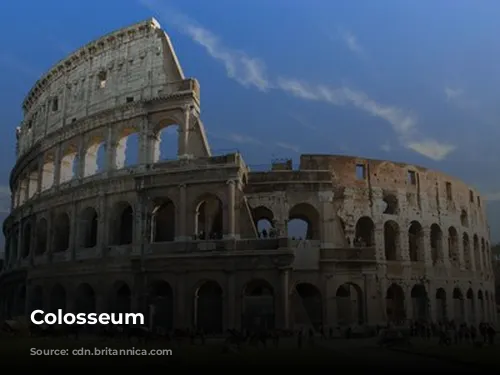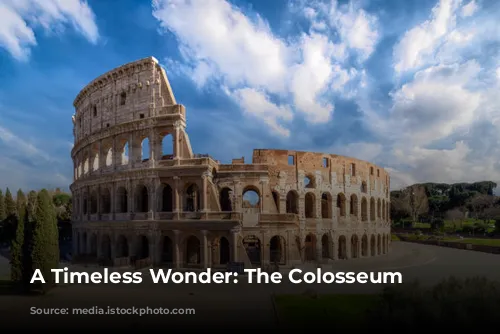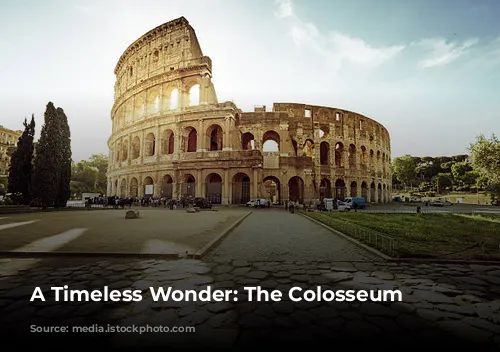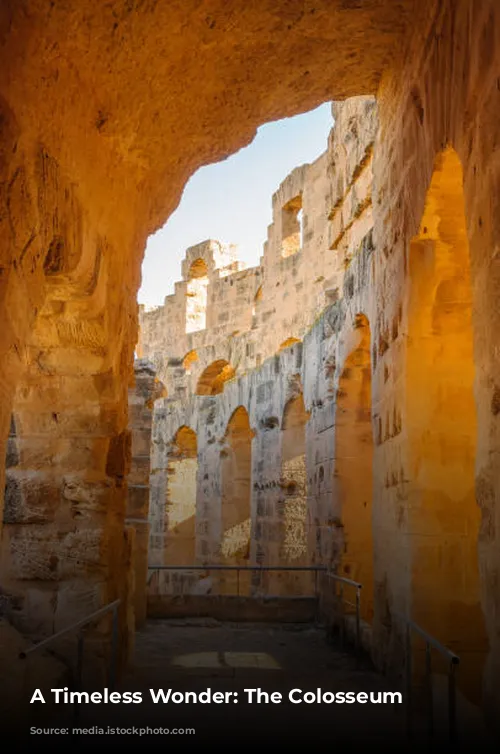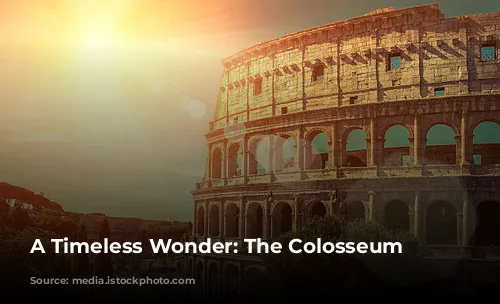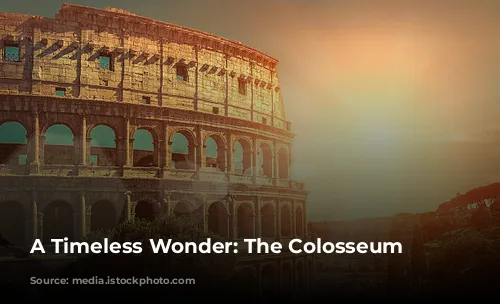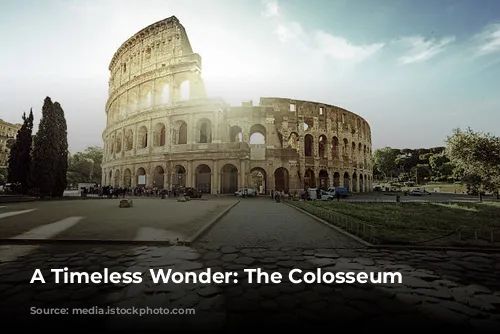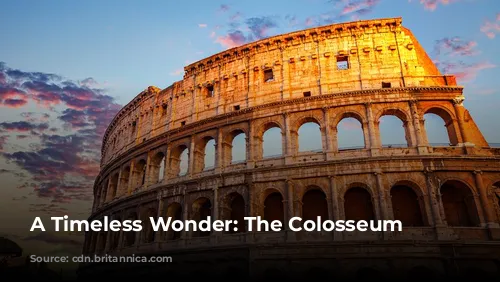Standing tall as one of the few mostly intact relics of the Roman Empire, the Colosseum stands as a testament to the architectural and engineering brilliance of ancient Rome. This iconic structure is not only a symbol of Roman history, but it also plays a significant role in the modern Italian economy, attracting millions of tourists each year.
The Colosseum, along with the Roman Forum and Palatine Hill, generated over $63.3 million (€53.8 million) in 2018, making it the most popular tourist attraction in Italy. This demonstrates the enduring power of ancient Rome and the Colosseum’s ability to captivate visitors from all over the world.
A History of Change: From Arena to Fortress and Quarry
The Colosseum’s journey through time has been a rollercoaster of change and neglect. After the fall of the Western Roman Empire, the arena fell into disrepair, with its grand purpose forgotten.
During the 12th century, the Frangipane and Annibaldi families, powerful Roman families, turned the arena into a fortified stronghold, using its imposing structure for their own protection.
In the late 15th century, Pope Alexander VI allowed the Colosseum to be used as a quarry, its majestic stones stripped away and repurposed for other construction projects. This era of neglect lasted for over a thousand years, eroding the Colosseum’s grandeur and threatening its survival.
A Symbol of Imperial Power: The Colosseum’s Construction and Purpose
The Colosseum’s construction began during the reign of Emperor Vespasian, as part of a grand effort to revitalize Rome after the turbulent “Year of the Four Emperors” in 69 CE.
Like other amphitheaters of the time, Vespasian intended the Colosseum to be a grand entertainment venue, a place for gladiatorial combat, animal hunts, and even mock naval battles. The Colosseum was not simply a place of entertainment, but a way to showcase Roman power and to keep the population engaged and entertained.
Construction began between 70 and 72 CE, and the completed structure was dedicated in 80 CE by Titus, Vespasian’s son and successor. The Colosseum’s fourth story was added by the emperor Domitian in 82 CE.
It is interesting to note that the arena was financed with the spoils of war, specifically the plunder taken from Titus’s conquest of Jerusalem in 70 CE. The Colosseum was, in part, built by enslaved Jews from Judaea, a sobering reminder of the empire’s conquests and the human cost of its construction.
The Colosseum: A Monument to Roman Engineering
The Colosseum is an elliptical structure made of stone, concrete, and tuff, rising four stories high at its peak. Its impressive dimensions – 620 by 513 feet (189 by 156 meters) – allowed it to hold up to 50,000 spectators.
The Colosseum was built on the grounds of Nero’s Golden House, replacing his artificial lake with a grand public arena that would host tens of thousands of Romans. This was a symbolic act, replacing a symbol of tyrannical rule with a monument to public entertainment and Roman unity.
Unlike previous amphitheaters, which were built into hillsides, the Colosseum is a freestanding structure, constructed with a complex system of barrel vaults and groin vaults.
The Colosseum’s exterior is adorned with engaged columns in the Doric, Ionic, and Corinthian orders, reflecting the architectural sophistication of the Romans. This architectural design became a defining feature of Renaissance architecture, showcasing the enduring influence of ancient Roman design principles.
A Place for Spectacle: From Gladiators to Naval Battles
The Colosseum’s impressive size and construction enabled it to host a variety of spectacles, from gladiatorial combat to animal hunts and mock naval battles.
The Colosseum was equipped with a retractable awning, known as a velarium, which provided shade for the spectators. This awning was supported by masts extending from the Colosseum’s upper story, requiring hundreds of Roman sailors to manipulate the complex rigging.
While the Colosseum was renowned for its gladiatorial combat, the arena also served as the setting for other forms of entertainment, including hunts featuring exotic animals, and elaborate mock naval battles.
The Colosseum’s history is intertwined with the early Christian community, although there is no conclusive evidence that the arena was the site of the martyrdom of early Christians. The Colosseum became a symbol of Roman power and spectacle, and its use for entertainment during a time of growing Christianity added another layer of complexity to its history.

A Second Chance: Preservation and Rebirth
Despite its grand history, the Colosseum’s fortunes took a downward turn during the Middle Ages. The arena was damaged by lightning, earthquakes, and neglect, and its once magnificent marble seats and decorative materials were stripped away, leaving it a mere quarry for building materials.
The Colosseum’s preservation began in earnest in the 19th century, with significant efforts led by Pope Pius VIII.
In the 1990s, a major restoration project was launched, seeking to restore the Colosseum’s grandeur and protect it for future generations.
The Colosseum has become one of Rome’s most visited tourist attractions, receiving close to seven million visitors annually. The arena continues to host exhibitions that showcase the culture of ancient Rome, keeping the legacy of this grand monument alive.
The Colosseum’s story is a testament to the resilience of human ingenuity and the enduring power of architectural achievement. From its beginnings as an arena for entertainment to its transformation into a fortress and quarry, the Colosseum has weathered the storms of time and stands today as a reminder of the grandeur and complexity of ancient Rome. Its story continues to inspire and captivate, drawing visitors from around the world to marvel at this architectural masterpiece and its rich history.

